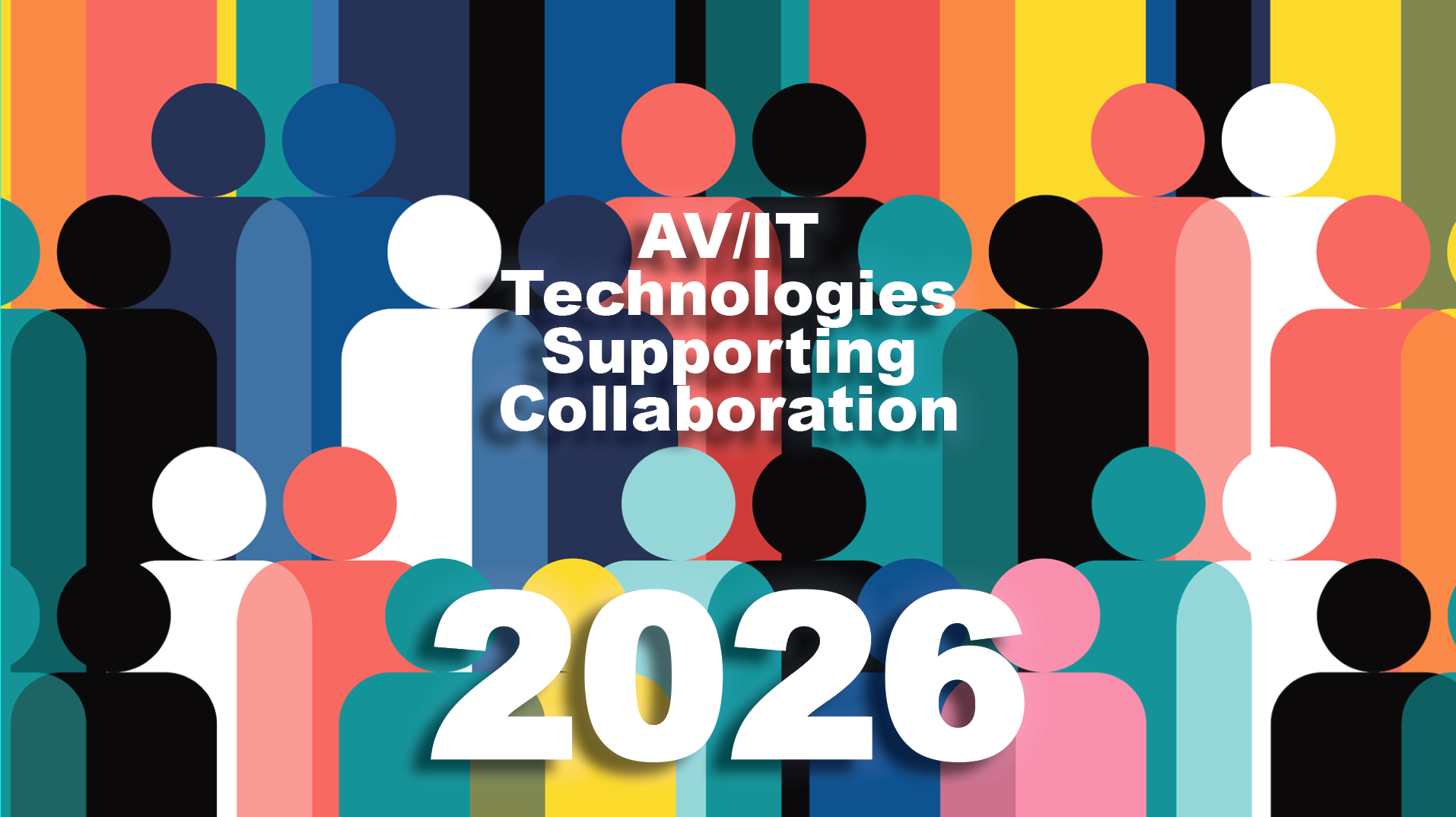On Higher Ed Tech: Seminole State College, Florida
Jimmy Mclaughlin, Coordinator of Campus Technology at Seminole State College, Florida shares insight into designing the higher ed classroom for today and the future. Part of AV Technology's Thought Leader Series.

AVT Question: Please share insight and best practices for designing the higher ed classroom for today and the future.
Thought Leader: Jimmy Mclaughlin, Coordinator of Campus Technology at Seminole State College, Florida
If the past few years have taught us anything, it’s that we can’t predict what will happen in the future. So, the most important thing for AV and IT managers to keep in mind when designing classrooms for the future is to use flexible technology. Don’t install equipment that will lock you into doing things a certain way for the next five years. We selected Poly solutions for Zoom Rooms as our video conferencing solution because it gives us the ability to use Zoom, BlueJeans, RingCentral, Microsoft Teams and other technologies. There are hundreds of different products we can use with it.
By selecting technology that provides flexibility, and by making sure classrooms support in-person, remote, and hybrid learning, AV and IT managers can help ensure their colleges and universities are prepared no matter what the future brings." —Jimmy Mclaughlin, Coordinator of Campus Technology at Seminole State College, Florida
I also recommend staying on top of trends and new technologies, but also doing your due diligence and testing out multiple products until you find a combination that does what you need it to do. We selected Epson laser projectors, the Poly video bars, and AVer cameras to turn 60 of our 300 classrooms into rooms that can be used for distance or hybrid learning. This served us extremely well during the pandemic when our campuses were closed, and continues to serve us well today. Instructors can use the rooms as traditional in-person classrooms, or they can offer hybrid or remote learning options to students when needed. We even had a situation this year where we needed to social distance students so we divided them into two classrooms and had one room invite the other to a videoconference so all the students could learn together. And we have some professors who allow students to video conference into the class when they cannot be there in person.
By selecting technology that provides flexibility, and by making sure classrooms support in-person, remote, and hybrid learning, AV and IT managers can help ensure their colleges and universities are prepared no matter what the future brings.
A daily selection of features, industry news, and analysis for tech managers. Sign up below.

Cindy Davis is the brand and content director of AV Technology (AVT). She was a critical member of the AVT editorial team when the title won the “Best Media Brand” laurel in the 2018 SIIA Jesse H. Neal Awards. Davis moderates several monthly AV/IT roundtables and enjoys facilitating and engaging in deeper conversations about the complex topics shaping the ever-evolving AV/IT industry. She explores the ethos of collaboration, hybrid workplaces, experiential spaces, and artificial intelligence to share with readers. Previously, she developed the TechDecisions brand of content sites for EH Publishing, named one of the “10 Great Business Media Websites” by B2B Media Business magazine. For more than 25 years, Davis has developed and delivered multiplatform content for AV/IT B2B and consumer electronics B2C publications, associations, and companies. A lifelong New Englander, Davis makes time for coastal hikes with her husband, Gary, and their Vizsla rescue, Dixie, sailing on one of Gloucester’s great schooners and sampling local IPAs. Connect with her on LinkedIn.
